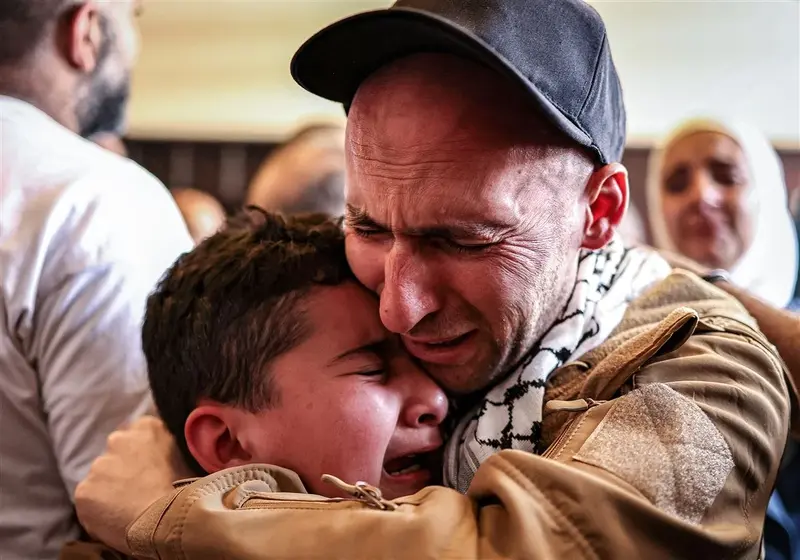TEL AVIV, Oct 13, 2025: Israel has released approximately 2,000 Palestinian prisoners under a landmark U.S.-brokered ceasefire agreement that also freed all remaining Israeli hostages held in Gaza.
The government freed 250 Palestinians serving life sentences, returning some to Gaza and relocating others to third countries. The International Committee of the Red Cross coordinated the large-scale exchange, which marks one of the most significant prisoner releases in the history of the Israeli–Palestinian conflict.
At the same time, the agreement allowed Israeli hostages to return home. Families reunited with them in Tel Aviv amid scenes of relief, emotion, and national celebration. Thousands of Israelis gathered to welcome the freed hostages, waving flags and chanting as buses rolled into the city.
Former U.S. President Donald Trump, who led the mediation efforts, delivered a speech to the Israeli Knesset shortly after the exchange. He declared the agreement the end of the “age of terror” and urged leaders to build a new era of stability and cooperation in the Middle East. Israeli Prime Minister Benjamin Netanyahu praised Trump as Israel’s “greatest friend” and nominated him for the Israel Prize, the country’s highest civilian honor, for his diplomatic role in securing the deal.
Trump then traveled to Sharm el-Sheikh, Egypt, where he co-hosted a peace summit with Egyptian President Abdel Fattah el-Sisi. More than 20 world leaders attended the summit to strengthen the ceasefire, coordinate humanitarian aid, and develop a plan for Gaza’s future governance.
Background
The ceasefire follows nearly two years of devastating conflict that began in October 2023, when Hamas launched a massive attack on southern Israel, killing and kidnapping civilians in an unprecedented assault. Israel responded with a sweeping military campaign across Gaza, which killed tens of thousands of Palestinians and destroyed large parts of the territory’s infrastructure.
International pressure for a ceasefire intensified as the humanitarian crisis deepened and fears of a wider regional conflict grew. Earlier truce attempts repeatedly collapsed because negotiators could not resolve disputes over prisoner exchanges, security guarantees, and Hamas’s political future. U.S., Egyptian, and Qatari mediators eventually brokered the current ceasefire, which addresses both urgent humanitarian needs and long-term political issues.
The prisoner and hostage releases have created a rare moment of relief and hope. Still, negotiators face significant challenges. The ceasefire includes commitments to deliver large-scale humanitarian aid to Gaza, where millions need urgent assistance. Leaders continue to debate Hamas’s future role, Gaza’s reconstruction, and the broader path toward a lasting resolution of the Israeli–Palestinian conflict.

